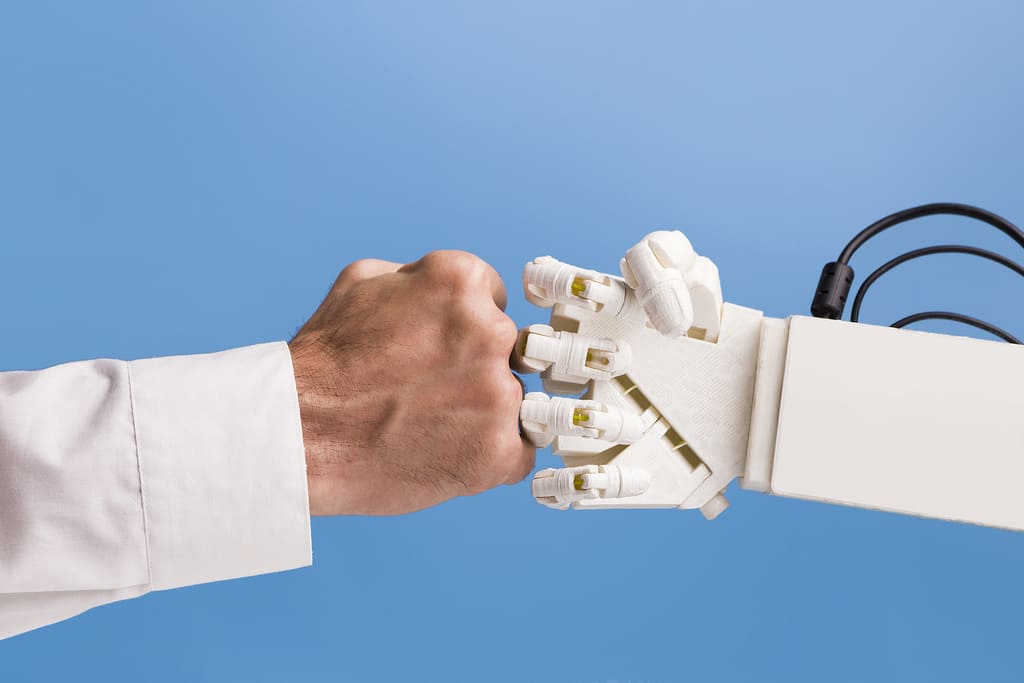Technological advances have transformed many aspects of our lives, and the healthcare field has not been left behind. With the emergence of X-ray applications, new possibilities have opened up for the diagnosis and analysis of medical images, facilitating access to important information for both professionals and laypeople. In this sense, exploring these applications can help to better understand how these tools can be used in practical ways in everyday life.
Furthermore, it is important to note that X-ray applications are not a substitute for a professional examination, but can serve as support in specific situations. Therefore, throughout this article, you will discover how these applications work, which are the main ones available on the market and how they can be used for different purposes. If you want to understand more about the subject, continue reading and see how technology can be an ally.
Best X-Ray App
Although it is clear that technology is increasingly integrated into our daily lives, many people still have questions about X-ray applications. Therefore, knowing the main options available on the market can help clarify which ones best meet your needs.
1. X-Ray Scanner Simulator
Initially, the application X-Ray Scanner Simulator It is presented as a tool aimed at entertainment, simulating X-ray images of body parts. Although it has no diagnostic function, it is very popular for recreational purposes, especially among young people and children.
Furthermore, it is important to note that this application should not be confused with medical tools. Its purpose is purely playful, offering an interactive and fun experience. With this, users can explore the simulation of images without any risk, since it does not use real rays.
2. BoneView
On the other hand, the BoneView is an application developed to assist in the analysis of fractures and bone abnormalities. With a user-friendly interface aimed at health professionals, it stands out for using artificial intelligence to interpret radiographic images.
Additionally, BoneView is widely used in clinics and hospitals due to its accuracy. It offers detailed analysis tools, allowing doctors to quickly identify problems in X-rays. Therefore, it is an excellent option for those looking to optimize diagnosis in a practical and efficient way.
3. Radiology Toolbox
Following the line of professional applications, the Radiology Toolbox is another indispensable tool for doctors and radiology students. It works as a kind of “toolkit”, allowing quick access to useful information related to radiographs.
In addition, the application offers features such as medical calculators, reference guides and even assistance in interpreting radiographic images. As it is a complete solution, it is highly recommended for those who wish to improve their knowledge and skills in the field.
4. Qure.ai
O Qure.ai is one of the most advanced applications on the market, focused on artificial intelligence-assisted diagnosis. It is especially useful for identifying conditions such as fractures, intracranial hemorrhages and other abnormalities in X-ray and CT scans.
In addition to its impressive accuracy, Qure.ai stands out for its ability to integrate with hospital systems. In this way, it not only assists in diagnosis but also helps to streamline the workflow in healthcare institutions. Without a doubt, it is an indispensable tool for modern clinical environments.
5. PACS Viewer
Finally, the PACS Viewer is a robust solution for viewing and sharing medical images. It allows healthcare professionals to access X-ray scans directly from their mobile devices, facilitating remote work.
Additionally, PACS Viewer supports a variety of image formats, making it extremely versatile. It also has advanced features such as contrast adjustment and detailed zoom, providing a high-quality viewing experience.
Features of X-ray Applications
X-ray applications offer a variety of features that can cater to different audiences. First of all, it is important to mention that many of them have intuitive interfaces, allowing even novice users to use them without difficulty.
Additionally, some tools offer integration with hospital systems, cloud storage, and artificial intelligence-based features, optimizing processes and ensuring greater accuracy. In this way, these applications not only facilitate access to information, but also make diagnosis more agile and efficient.

Frequently Asked Questions (FAQ)
1. Do X-ray apps replace traditional medical examinations?
No, they are complementary tools and do not replace examinations performed by professionals in clinics or hospitals.
2. Is it safe to use X-ray apps?
Yes, especially since they don't use real lightning. However, it's important to follow the instructions provided by each app and not use them as your primary source of diagnosis.
3. Are these apps free?
Some are free, while others offer paid plans or premium features. Check each app's description for more details.
4. Can I use these apps without medical knowledge?
Yes, but for applications aimed at diagnosis, it is recommended that they be used by professionals or under medical guidance.
5. Which devices are compatible with these applications?
Most are available for Android and iOS, but it's important to check the system requirements before downloading.
Conclusion
In short, X-ray apps represent a significant advance in the integration of technology and healthcare. From recreational tools to robust diagnostic solutions, these platforms cater to different audiences and needs. Therefore, exploring these options can be an excellent starting point for those seeking innovation and practicality. Be sure to try them out and discover how these apps can make your life easier!
